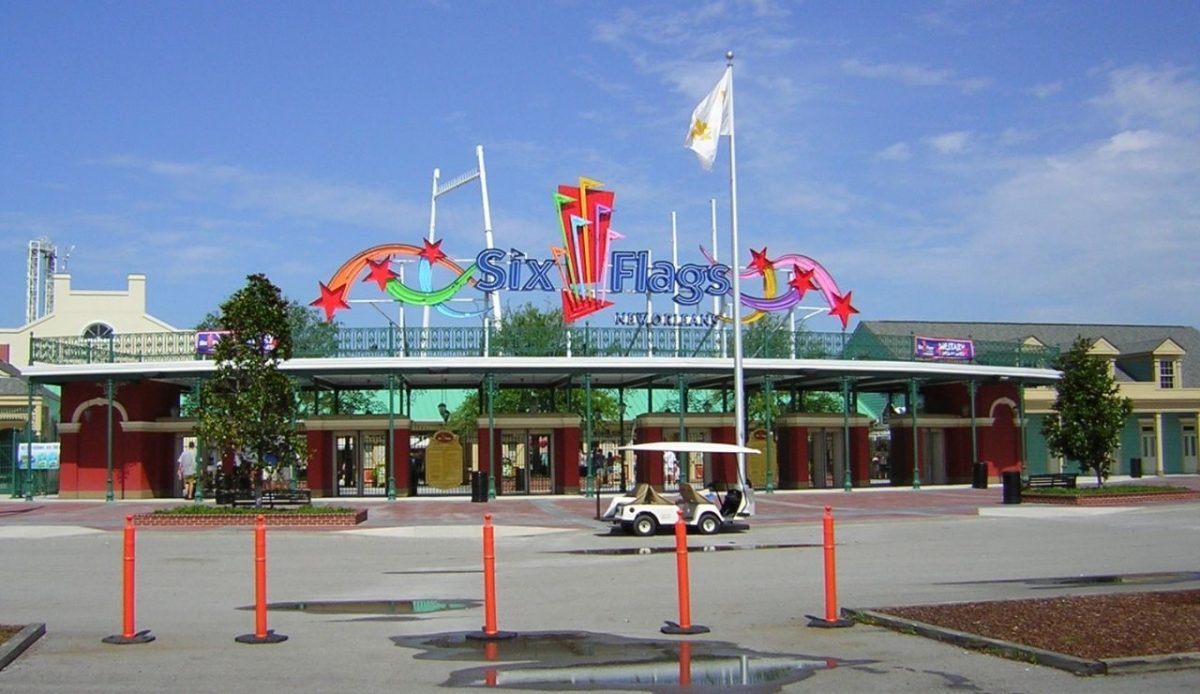U.S. States Grapple with Prolonged Tourism Declines

Several U.S. states, including California, Florida, Texas, Ohio, and New York, are reporting nine consecutive months of tourism decline. Factors include rising costs, shifting travel patterns, and economic uncertainty affecting both domestic and international visitors.
Florida and Texas, traditionally strong markets, are experiencing softening arrivals from high-spend inbound travelers. Increased costs for lodging, airfare, and fuel have compounded the slowdown.
California’s tourism sector is responding with strategies targeting domestic travelers, promoting lesser-known destinations, and offering value-driven packages to offset affordability concerns.
Analysts suggest that high-volume tourism alone may no longer suffice; states must attract higher-value travelers who stay longer and spend more to offset lower visitor counts.
Local businesses—hotels, tours, restaurants—are adapting products, adjusting pricing, and enhancing service quality to maintain appeal to more discerning visitors.
The trend signals a broader shift in U.S. tourism toward selective optimization, where resilience and differentiation matter more than sheer volume.














